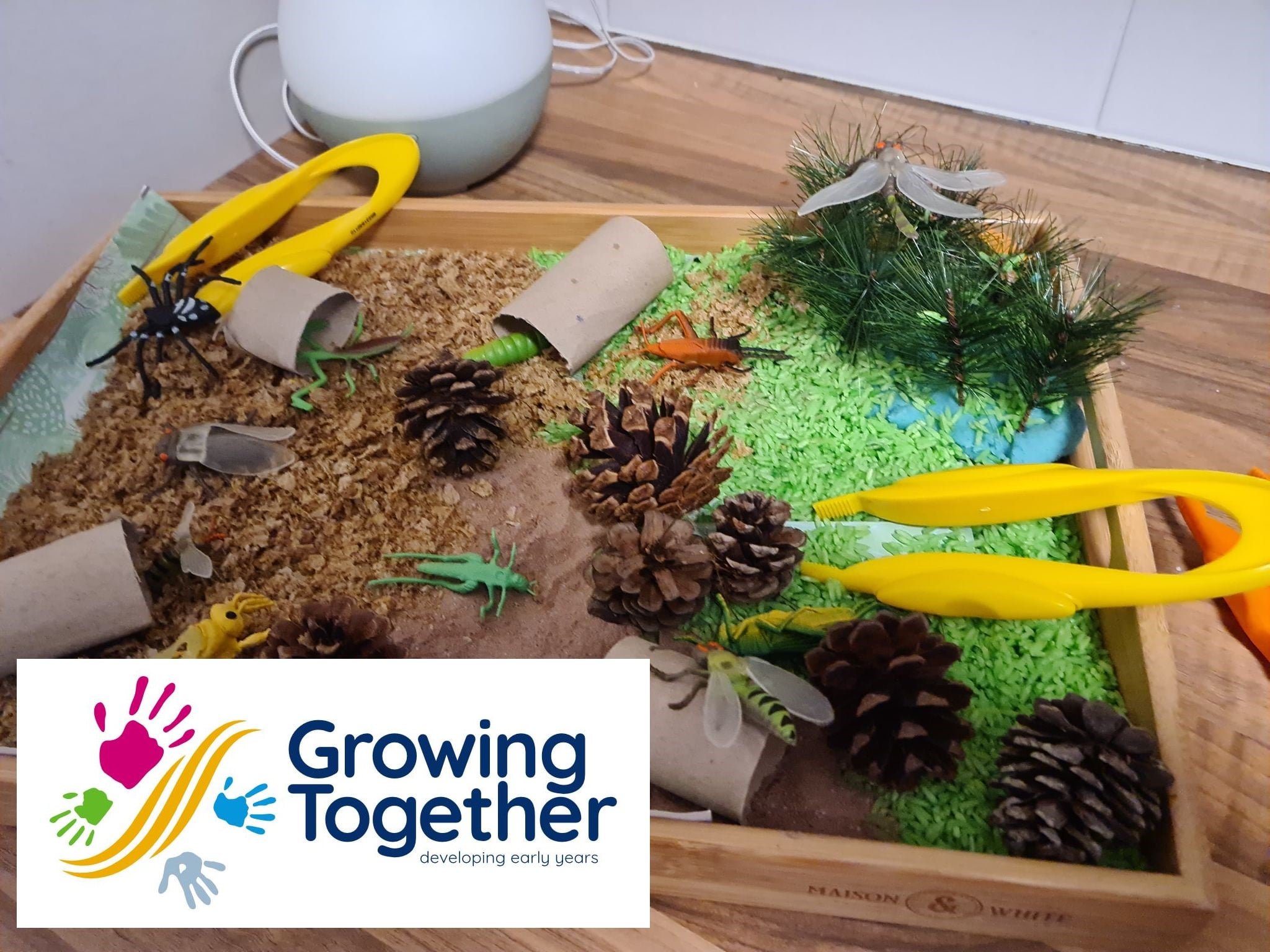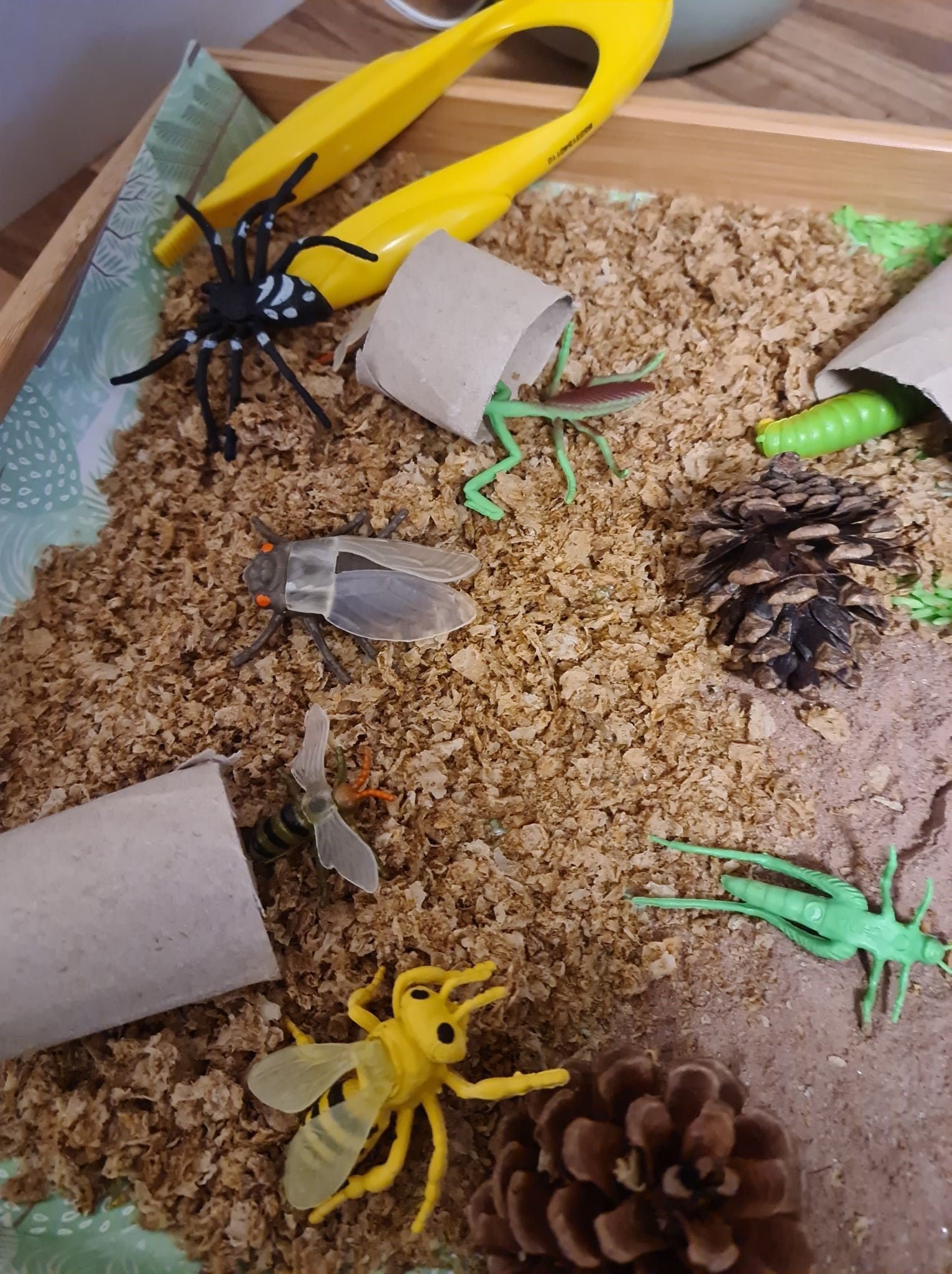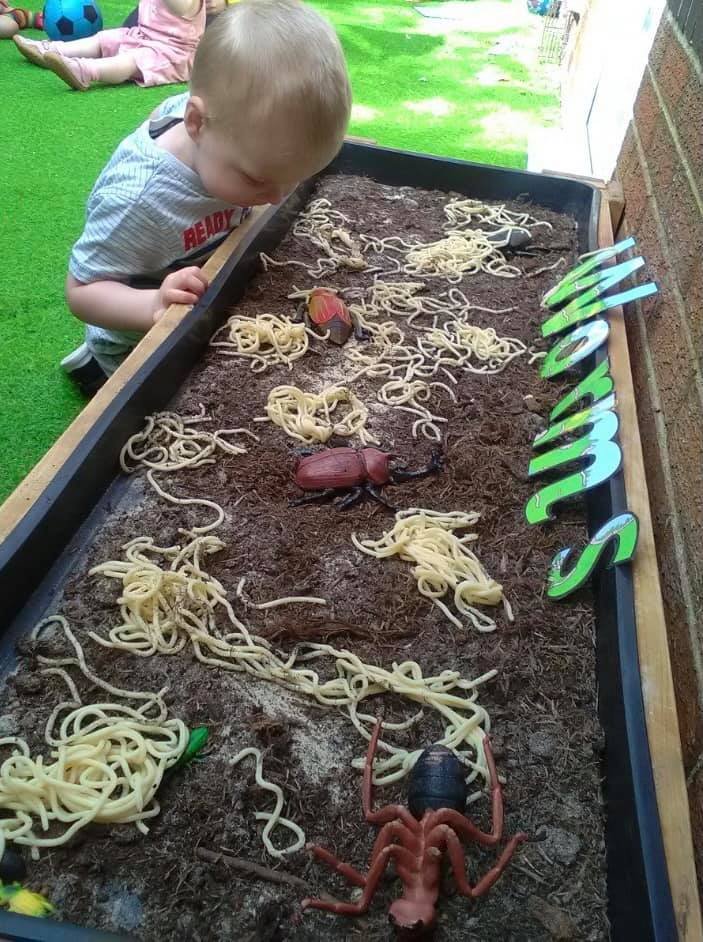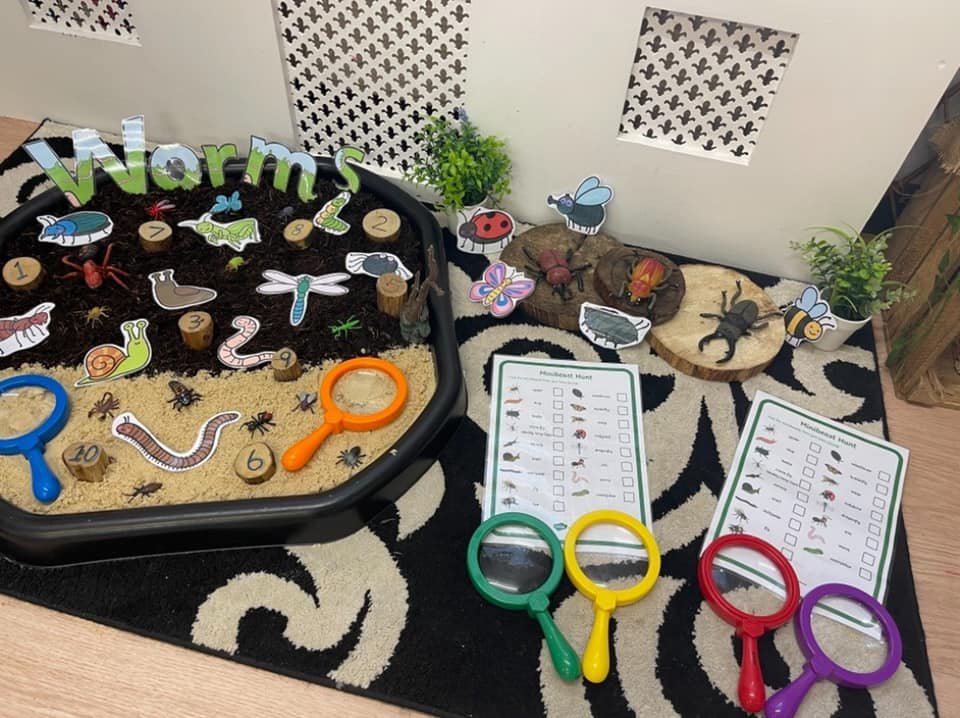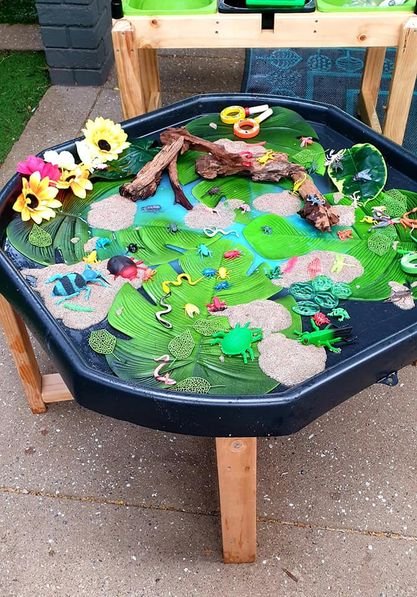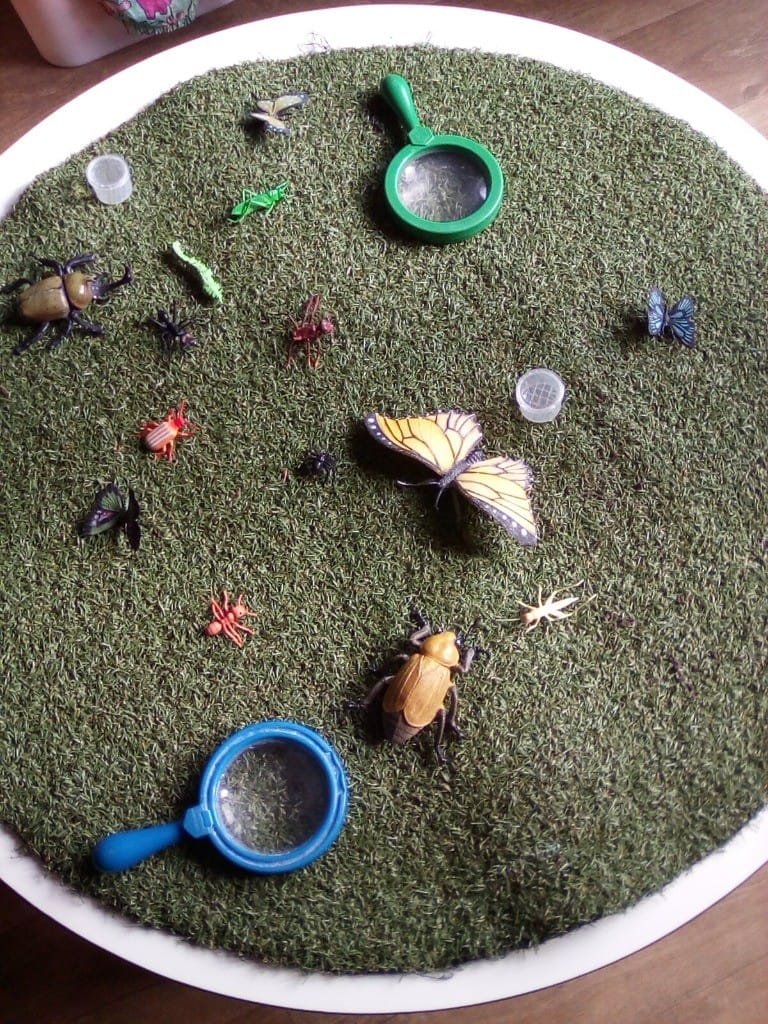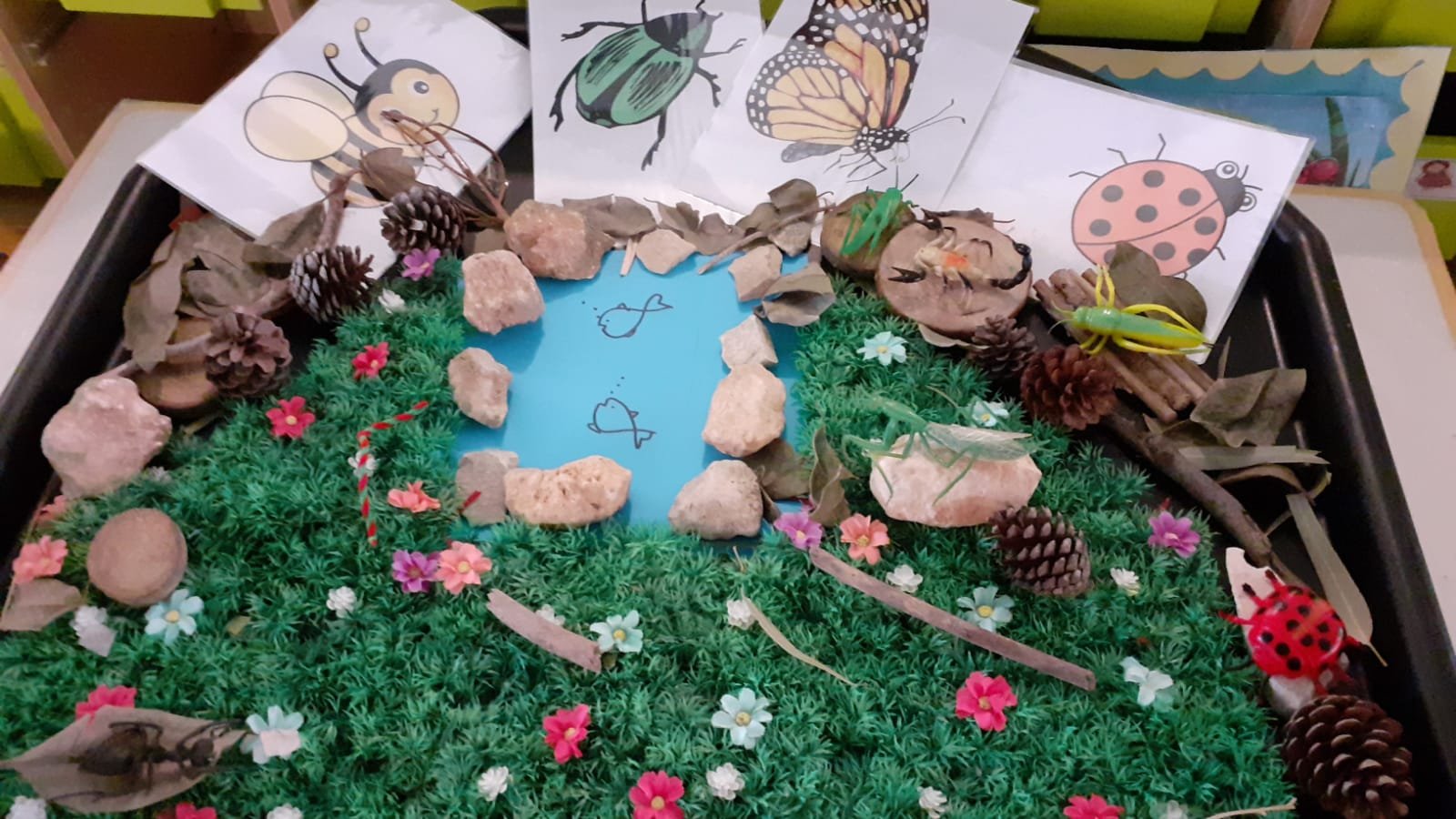National Insect Week 2023
National Insect Week 2023 is a fantastic week to celebrate in early years settings. Children are often curious, mystified and very interested in our creepy crawlies that we can find outside in our outdoor provisions. There are many ways that we can support and build upon children’s interests in everything insect related.
19th June - 26th June 2023
National Insect Week 2023 is a fantastic week to celebrate in early years settings. Children are often curious, mystified and very interested in our creepy crawlies that we can find outside in our outdoor provisions. There are many ways that we can support and build upon children’s interests in everything insect related. This blog posts shares lots of ideas and inspiration for anyone who is participating in National Insect Week 2023 or just have insect loving children!
Bug Box Carrier
The Carrier Contains
bug books
bug pots
identification cards
clipboards
notepads
pens
pencils
magnifying glasses
rulers
mini microscope
multilink for non-standard unit measuring
paintbrushes (to be gentle when moving insects)
This is a great resource to create for children on the go, to take wherever they find their creepy crawlies. It also keeps everything together and in the same place so you can easily find things in the moment to follow on children’s interests.
Nursery Rhymes and Songs
Rhymes and songs are fantastic for children’s learning and development and there are lots of insect themed songs out there. Here are one of my favourite nursery rhymes for an insect topic. It is a fantastic song that can incorporate finger play for young children, supporting their physical development, as well as their proprioception and vestibular sense.
Here is the beehive.
But where are all the bees?
Hiding away where nobody sees.
Here they come flying out of their hive.
One, two, three, four, five!
Here is the beehive.
But where are all the bees?
Hiding away where nobody sees.
Here they come flying out of their hive.
One, two, three, four, five!
Buzz up high. Buzz down low.
Buzzing fast. Buzzing slow.
Buzz to the left. Buzz to the right.
Buzz all day but sleep at night.
Here is the beehive.
But where are all the bees?
Hiding away where nobody sees.
Here they come flying out of their hive.
One, two, three, four, five!
Insect and Bug Books
Sharing books with children has a variety of benefits from supporting their communication and language development, extending their vocabulary. Developing attachment and relationships as you share books together. To developing early literacy skills and a love for reading. They can also be a great source of information gathering for young children.
These are five of my favourite bug related books to share with children under five years old.
Insect Tuff Trays
(Photo credits: Images 1-3 from Growing Together Developing Early Years, Images 4 and 5 Happy Feet Nursery Watton, Image 6 My Environment Family Day Care on Facebook 30.09.2021, Image 7 Bear Hugs Nursery, Image 8 Active Learning Childcare).
Tuff trays like the images above can support children’s learning through tactile experiences, promoting sensory placed learning. They can also help to develop their communication and language skills and imaginations as they play and explore in the different trays.
Feed Slugs and Snails
Pop out some cucumber or lettuce out and sit back and observe how snails and slugs eat. You can look closely using a magnifying glass and have bug books close to hand for information. A top tip for when moving bugs/insects is to move them gently using a paintbrush to avoid squishing or hurting them,
Science Experiment - Hovering Butterflies
What do you need:
tissue paper,
scissors,
cotton,
tape,
stapler or paperclips,
magnetic wand.
Instructions:
Cut out small butterflies using tissue paper.
Staple or paperclip one end of the butterfly to the piece of cotton and stick the second end using tape to the table.
Use a magnetic wand above the butterflies. You should be able to get the butterfly to hover below in the magnetic field.
Insects and Clay
Push toy insects into clay, so that you get a nice print of the different insects. You can then leave them to dry before painting and decorating how you wish.
Movement Game
Support children’s physical development and listening attention and understanding through a simple adult-led instruction based game. Ask the children to move like different insects for example, scuttle like a beetle, flap like a butterfly, march like ants and so on. You can also differentiate the game up encourage children to move like an insect in response to different music or instruments. Thinking about what insect does it sound like?







